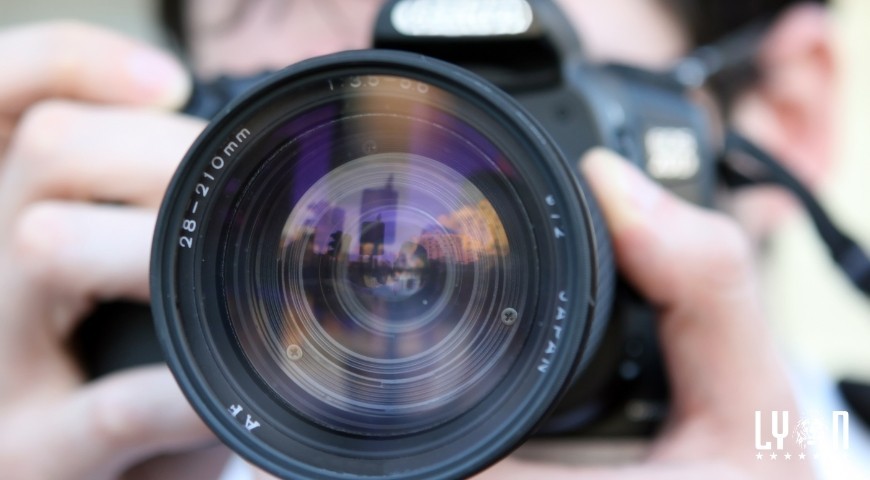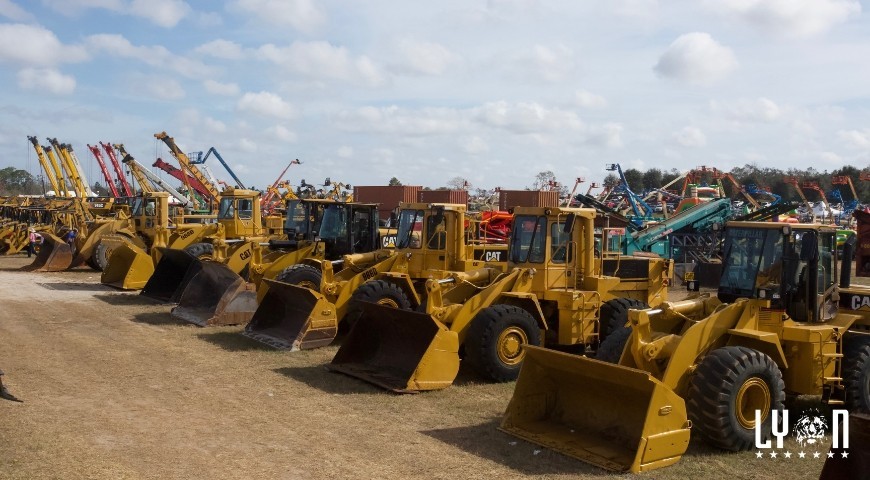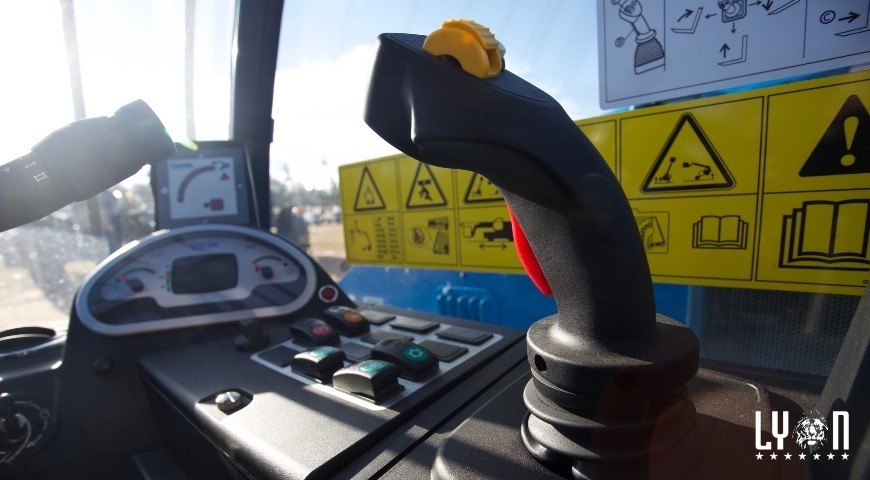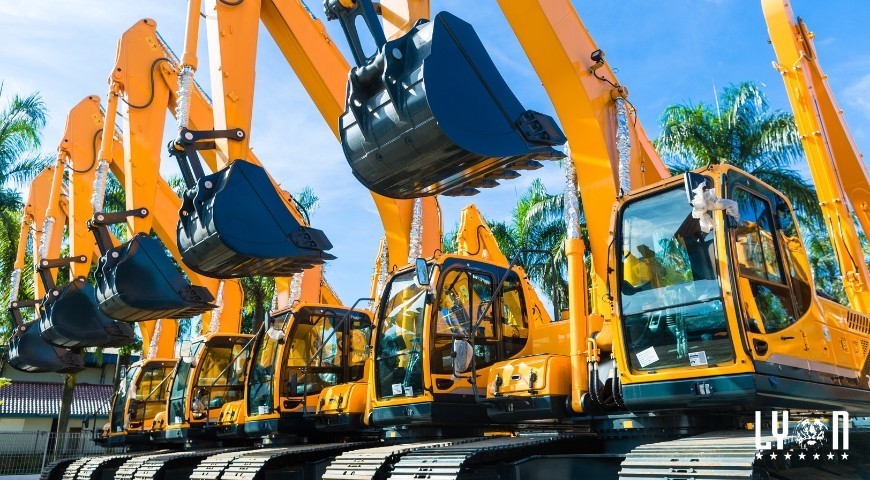A picture is worth a thousand words, and in this case, thousands of dollars. High-quality photographs play a pivotal role in attracting potential buyers, showcasing your equipment and ultimately achieving better sales results. Whether you’re a seasoned seller or a first-time auction participant, mastering the art of equipment photography can make a substantial difference.
In this guide, we’ll explore essential tips and techniques to help you capture the essence of your heavy machinery and auction heavy equipment more effectively!
Prepare the equipment
Before snapping any photos, ensure the equipment is clean and in optimal condition. Remove dirt, dust and debris and perform any necessary maintenance to make the machinery visually appealing and fully operational.
Choose the right time and location
Timing and location matter. Opt for well-lit environments that showcase the equipment clearly. Natural daylight is ideal, but if shooting indoors or in low-light conditions, use professional lighting equipment to ensure clarity.
Use the right camera
Invest in a good-quality camera. While smartphone cameras have come a long way, a DSLR or mirrorless camera with manual settings offers greater control over exposure and image quality.
Select the right angle
Experiment with different angles to find the one that highlights your equipment’s best features. Capture shots from the front, rear, sides and at different heights to provide a comprehensive view. A lower perspective can make machinery appear more imposing and powerful.
Compose the shot
Apply basic principles of composition, such as the rule of thirds. Place the equipment off-center to create a dynamic composition. Ensure the entire machine is in the frame and avoid cutting off any critical parts.
Focus on the details
Pay attention to the finer details. Capture close-up shots of essential components, such as the engine, controls and any unique features. These images can help buyers assess the machinery’s condition.
Eliminate distractions
Remove any clutter or distracting elements from the background. The focus should be solely on the equipment. A clean, uncluttered background ensures that the machinery takes center stage.
Use proper lighting
Good lighting is crucial. Avoid harsh sunlight, which can create strong shadows. Overcast days or diffused artificial light provide soft, even lighting that enhances the machinery’s appearance.
Tripods can help with stabilization
Eliminate camera shake by using a tripod or stabilizer. This ensures sharp, clear images, especially in low-light conditions or when using slow shutter speeds.
Shoot in RAW format
If your camera allows it, shoot in RAW format. RAW files contain more data and offer greater post-processing flexibility, enabling you to fine-tune exposure and color settings later.
Edit carefully
Post-processing can enhance your photos further. Use photo editing software to adjust exposure, contrast, color balance and sharpness. But exercise restraint and avoid excessive editing that distorts the equipment’s true appearance.
Include multiple angles
Provide potential buyers with a well-rounded view of the equipment. Include shots from various angles, both close-up and wide shots, to offer a comprehensive perspective.
Capture unique features
If your equipment has unique features or attachments, make sure to highlight them in your photos. These distinctive elements can set your machinery apart from others on the market.
Showcase your equipment in action
Whenever possible, capture the equipment in action. Show it performing its intended tasks to help buyers visualize its capabilities and potential value.
Include clear close-ups of key parts
Close-ups of critical components like the engine, controls and any wear and tear can instill confidence in potential buyers about the equipment’s condition.
Know that consistency is key
Maintain consistency in your photography style throughout your listings. This helps establish a professional and reliable image for your equipment.
Share a variety of images
Include a mix of exterior and interior shots. Showcase the cab, controls and any special features or accessories that come with the equipment.
Consider aerial shots
Aerial shots, if applicable and safe, can provide a unique perspective and highlight the scale and scope of the equipment.
Create an online gallery
Organize your photos into a user-friendly online gallery or slideshow. This allows potential buyers to explore the equipment from different angles and perspectives.
Know that accurate descriptions matter
Pair your high-quality photos with accurate, detailed equipment descriptions. Highlight specifications, maintenance records and any noteworthy information that can instill confidence in buyers.
Auction heavy equipment with us
Mastering the art of equipment photography is a valuable skill that can significantly impact your sales success. By following these tips and consistently producing high-quality images, you’ll not only attract more buyers but also build trust and credibility in the heavy equipment marketplace. Contact us today if you want to learn more about how to best auction heavy equipment!




